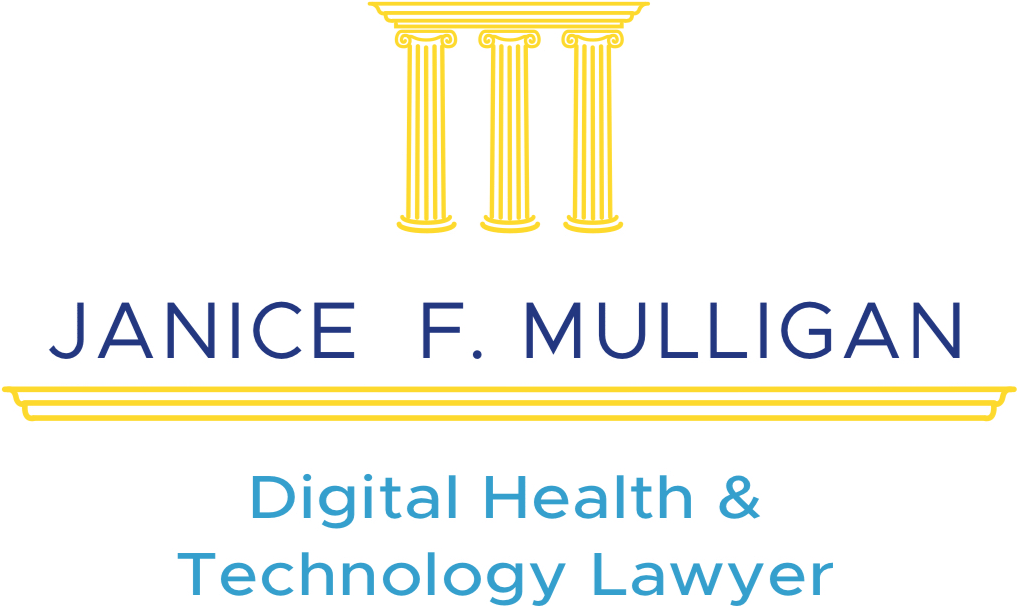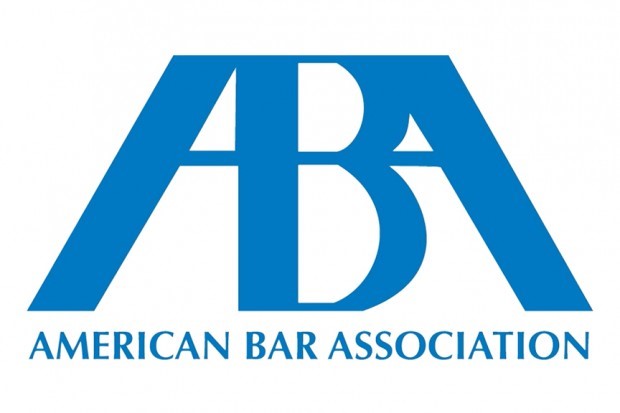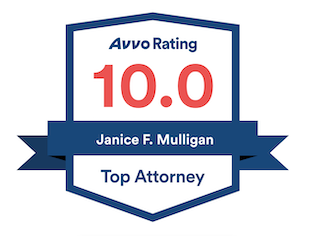On August 23, 2012, the California Supreme Court overturned an 80-year-old rule that worked to keep victims from recovering full compensation for their injuries. The so-called “release rule” released defendants in multi-defendant lawsuits from having to pay jury verdicts, if a court ruled a prior settlement with any one defendant was not made in “good faith,” i.e., was too low.
Aidan’s Injury
Leung v. Verdugo Hills Hospital concerned a newborn, Aidan, who developed Kernicterus — a form of brain damage caused by excessive jaundice — while under the care of Verdugo Hills Hospital and his pediatrician. The hospital downplayed known risks about the condition, providing outdated materials and advice to the parents. The doctor allegedly ignored risk factors and warning signs of the disease. As a result, a treatable disease progression resulted in profound, lifelong disability.
Because of the condition, Aidan, now 9 years old, has normal intelligence but no muscle control. According to the child’s attorney, quoted in the San Diego Daily Transcript (SDDT): “He can’t walk, he can’t talk, he can’t pick up a pencil, throw a ball.” “It was 100 percent preventable.”
Unjust Result
Aidan’s suit was settled with the pediatrician for $1 million, the limits of his malpractice insurance policy, prior to trial. A settlement demand of $2.1 million to the hospital was rejected. At trial, a jury found the hospital 40% liable for Aidan’s injuries, and total economic damages of approximately $15 million (medical costs, not pain and suffering). But the court found that the settlement with the pediatrician was too low — in “bad faith” — given the pediatrician’s likely large proportionate liability for Aidan’s damages.
Under the release rule, the hospital would have been released from paying any share at all of Aidan’s economic damages because of the court’s finding. The rule provided that if a prior settlement with any defendant was held in “bad faith” — not in line with the defendant’s predicted proportionate liability – the other defendants were released entirely from paying any damages shared with that defendant. This essentially erased the jury’s verdict and left the injured plaintiff with no compensation for his medical costs, save for the previous settlement amount.
“Release Rule” Overturned
Overturning eight decades of common law precedent, the state Supreme Court rejected the release rule in Leung. The court refused to release the hospital from paying any portion of Aidan’s $15 million in medical costs simply because the doctor had agreed to a favorable settlement before trial. The court also rejected the hospital’s alternative proposal that it should only be held responsible for a proportionate share of Aidan’s damages — 40% of the $15 million. Instead, the court restored the pro-consumer and pro-victim intent of California’s tradition of joint and several liability.
Because the hospital rejected the pre-trial settlement demand of $2.1 million, it became responsible for paying the full damage amount of $15 million, minus the $1 million paid by the doctor. If the hospital wishes to pursue the doctor for reimbursement of his share of the damages, it may now do so in a separate lawsuit. But that burden is not saddled upon the injured plaintiff.
“It’s a very important decision in terms of abolishing an outdated and … unjust rule,” commented Loyola Law School professor John T. Nockleby, as reported by SDDT. This decision should encourage settlements and get money for medical care in the hands of the injured more quickly. It takes the power out of an archaic procedural rule and puts it back in the hands of juries. Leung is a long-awaited victory for California patients and consumers.
For more information, or if you or a loved one have been injured in California, please contact the experienced lawyers at Mulligan Law. Our telephone number is 619-238-8700.











